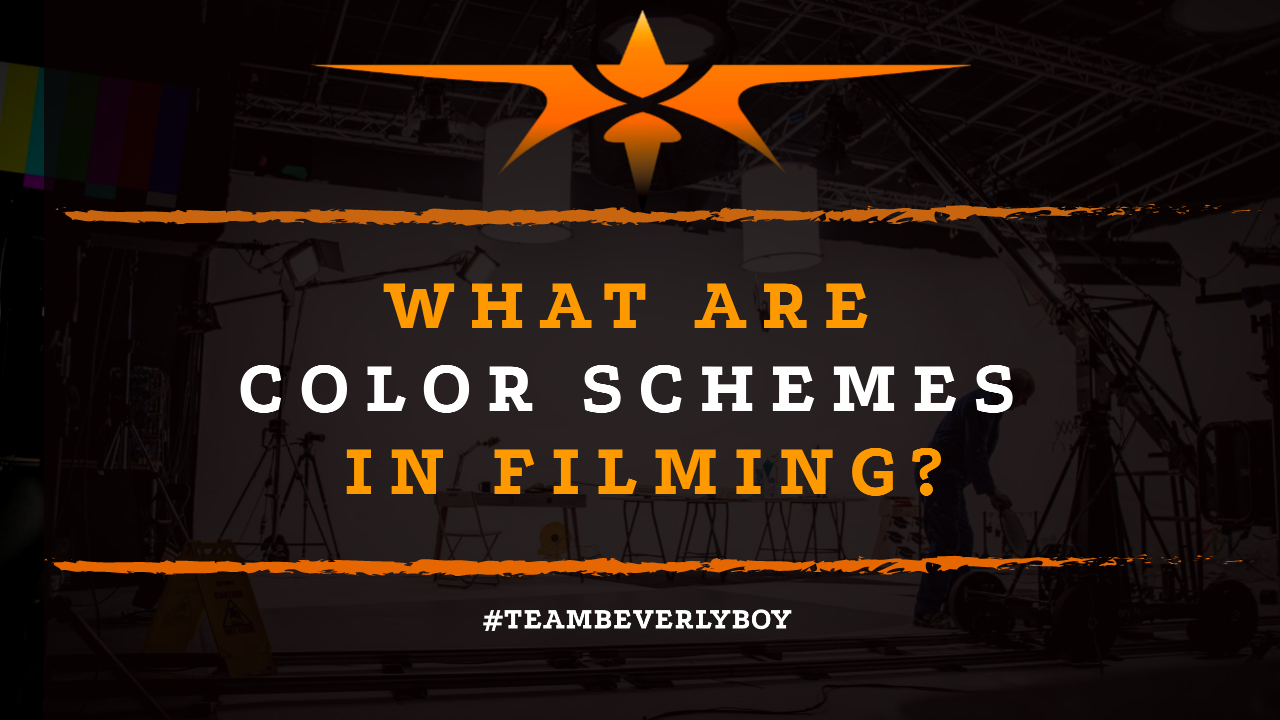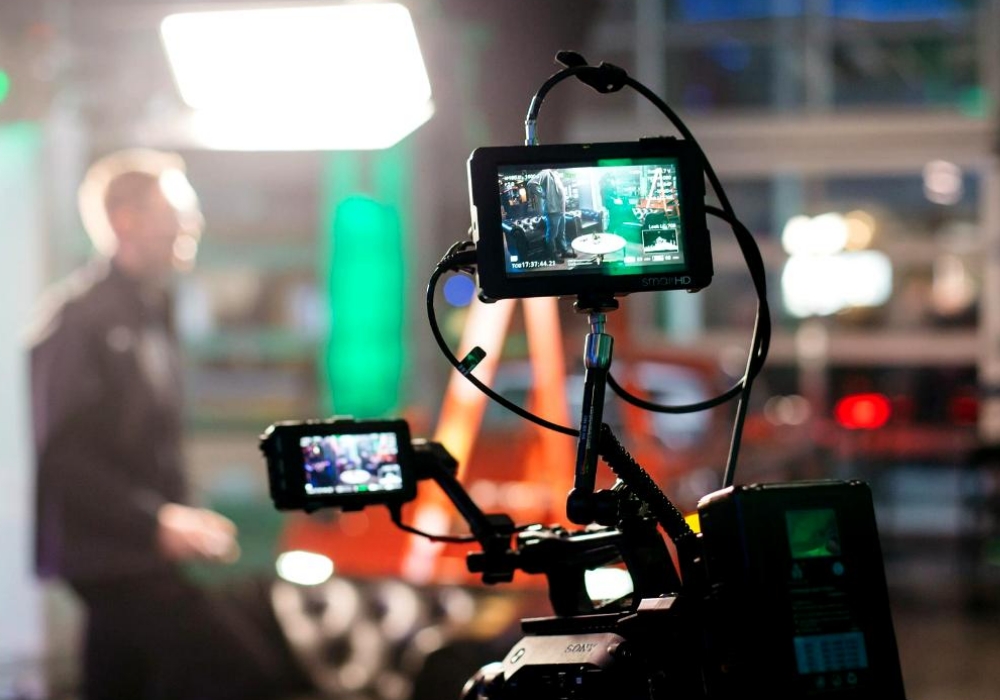
What are Color Schemes in Filming?
Color schemes are commonly brought up when design or art is involved, but have you ever heard a filmmaker mention complementary color schemes when discussing a particular movie or video? If you’ve heard someone talking about film color palettes or color schemes as they apply to filmmaking and found yourself wondering, “What are color schemes in filming and how do they work?” You’re not alone!

Film color palettes and color schemes may not be openly discussed very often, but when they are, a whole host of ideas and emotions come up.
In fact, color schemes are incredibly underutilized in filmmaking, but there are some filmmakers that have certainly taken the idea of complementary color schemes as well as many other forms of color pairing to the next level in film.
So what are color schemes in filming and what does all this talk about complementary colors and color palettes really mean?
What are Color Schemes in Filming?
Color schemes in filming represent the use of color throughout a film to produce a particular visual appeal. Color schemes are incorporated into the film in a variety of ways, often through costumes and backgrounds as well as through various uses of special effects.
The use of various color schemes or specific palettes of color in film can have a number of different effects on the audience, often impacting them emotionally in various ways according to film color theory.
Film Color Theory
Film Color Theory states that various colors can be used in film to elicit specific emotions from the audience. Depending on the colors used, and the ways that the colors are incorporated into the film, the audience may view the content differently or think differently about what they are seeing.
According to film color theory, the filmmakers employ various colors and color combinations into the film that will directly impact emotions that are expressed by the audience.

Colors schemes in filming are chosen based on the color wheel and often fall into one of several types of color schemes including:
- Complementary color schemes
- Analogous color schemes
- Triadic color schemes
- Split- Complementary color schemes
- Tetradic color schemes
How Film Color Schemes Impact Audience Emotions
When you ask, “What are color schemes in filming?” One of the most valuable answers that comes to mind is not so much about what color schemes are, but instead how color schemes impact the audience.
The use of color in film to illicit audience emotion is incredibly powerful. Colors can build up harmony within the set or they can be used to signify strong tension taking place within the scene.
Color schemes in film impact the way the audience connects with the story and may:
- Create a sense of symbolism in the film, potentially symbolizing a particular theme, era, or element.
- Create a specific sense of emotion, such as sadness, happiness, security, contentment, or anger.
- Produce a situation where the character or moment stands out specifically from other characters or moments in the film.
- Help the audience connect a particular character with another character or scene or otherwise connect topics or scenes.
- Signify specific movie genres, eras, or styles.
- Cause the audience to think a specific way or recall a specific element, connecting colors to their emotions and the way the story made them feel.
So, the next time you ask “What are color schemes in filming?” Be prepared to recognize that color schemes are used throughout filmmaking to produce a powerful impact on the audience that could signify a number of different emotions, elements, actions, or behaviors.


